When it comes to early twentieth century modernism, Edward Franklin Fisk (1886 -1944) is something of an odd man out. Although his art was championed and exhibited by several New York galleries, his reputation never attained the mixture of glamour and spirituality enjoyed by his close friends Charles Demuth, Stuart Davis, and Eugene O’Neill. Born in New York City, Fisk studied in Paris, where he joined in the soirees at Gertrude Stein’s apartment, and later he was an active participant among the intellectual circles of Greenwich Village and Provincetown. Having absorbed avant-garde styles and ideas, he moved in 1926 to Lexington where he taught at the University of Kentucky, raised a family, and struggled to maintain his artistic integrity in a setting far from the front lines of American modernism.
The bulk of Fisk’s extant works are oil paintings –gently abstracted, often intensely colored — that present the farms and towns of Kentucky and Vermont in a style that balances the influences of European expressionism with American realism. Devoted to red, blue, and green, Fisk developed a formalist rigor that emphasized the flatness and frontality of his subjects, whether an isolated tree beside the side of a house, a tabletop assortment of vases, flowers, and fruits, or a portrait of a model in his studio. When he was in his late 40’s, Fisk took on the printmaking media and mastered the difficult processes of etching and mezzotint, producing prints which are impressive for their range of tone and intimate subject matter.
– Rachael Sadinsky, Curator Univ. Kentucky
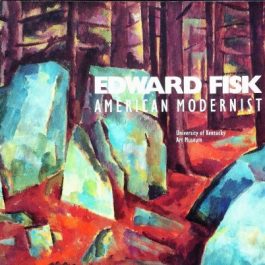 Get Rachael Sandinksy’s book from Amazon.com
Get Rachael Sandinksy’s book from Amazon.com
Edward Fisk: American Modernist Paperback – 1998
There can be no return to the yesterday. We eat thunder, smoke, fire and steam and glory in our baroque life. The picturesque figures of the past seem sentimental when compared to the gigantic handling of life and material today.
– Edward Fisk
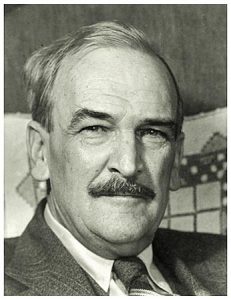
Edward Fisk -1886-1944 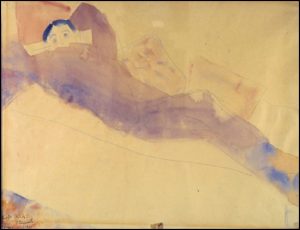
Edward Fisk – By Charles Demuth – Paris 1912 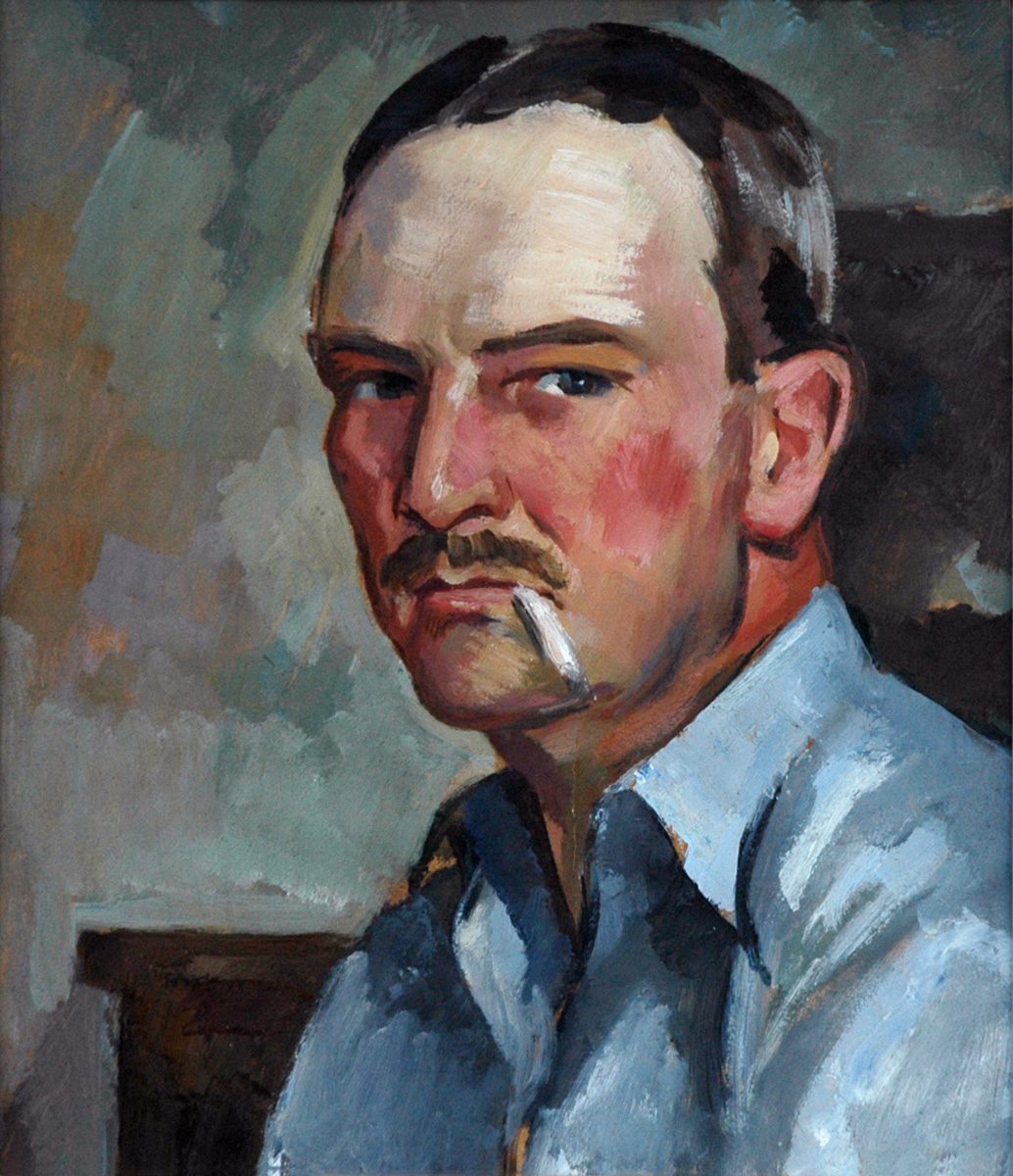
Edward Fisk – American Modernist Painter 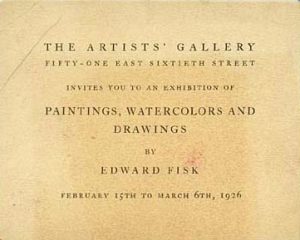
Solo opening at The Artists Gallery Fifty-One East Sixtieth Street in New York 1926 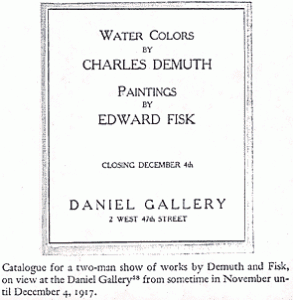
Two man show with Charles Demuth at the Daniel Gallery 2 West 47th in New York 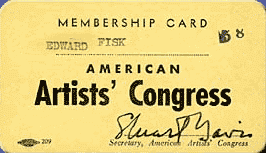
American Artists Congress card signed by Stuart Davis